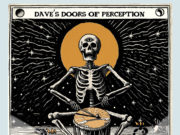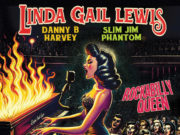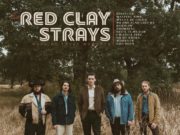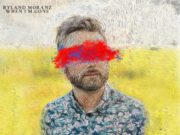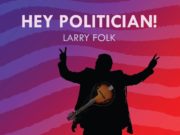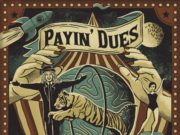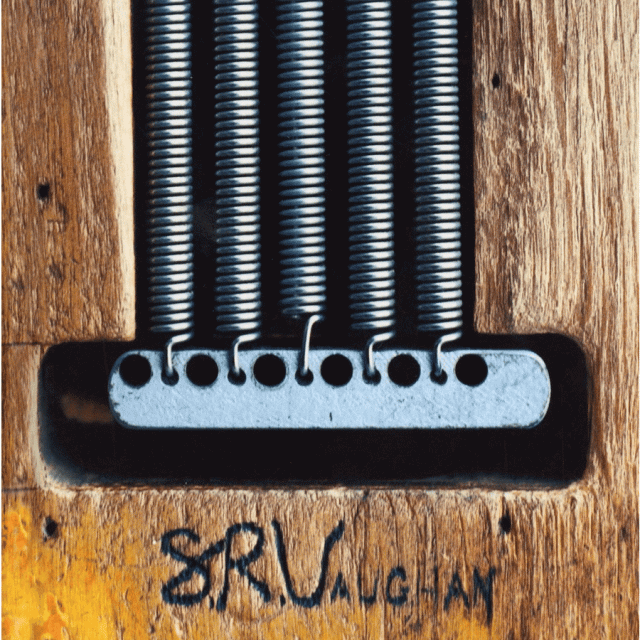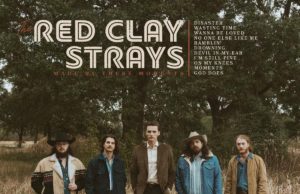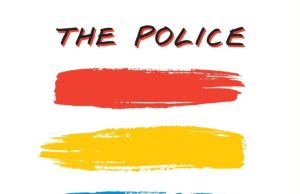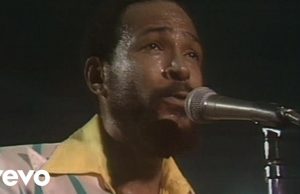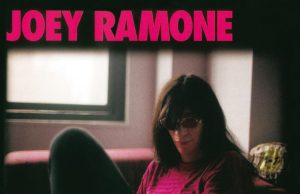Two decades ago, new albums and box sets from Stevie Ray Vaughan, Guided By Voices, Erykah Badu, Wu-Tang Clan and others were spinning away in my portable CD player. Here’s what I had to say about them back then (with some minor editing):
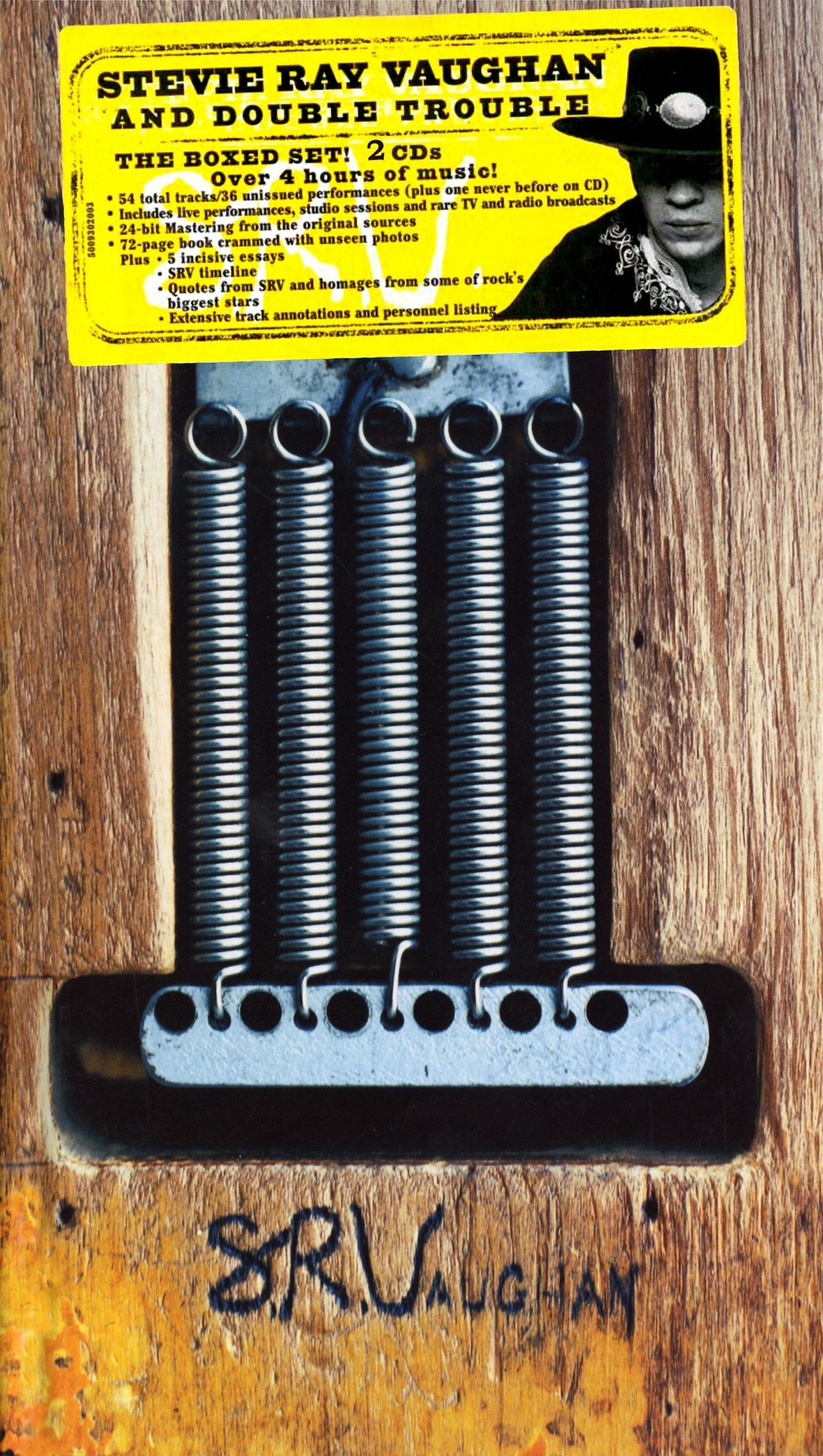 Stevie Ray Vaughan & Double Trouble
Stevie Ray Vaughan & Double Trouble
SRV
At first glance, the cover art of SRV seems curious — an extreme closeup shot not of Stevie Ray Vaughan’s expressive face or hands, but of his name, burned into the back of his favourite, weathered old Stratocaster. Wade into this impressive four-CD box of hits, obscurities and unreleased tracks, however, and the point is obvious: SRV wants to give us a view of Vaughan’s music we’ve never had before — an up-close, personal, behind-the-scenes look at one of the most revered blues guitarists of the late 20th century.
Easier said than done. Since the Texas guitar slinger died in a post-gig helicopter crash in 1990, his reputation has continued to spread like a wildfire. Much of that flame has been fanned by his label, which has continued to issue posthumous releases — live albums, early tracks, acoustic collections, remastered versions of his original albums — at a steady clip. For the most part, the stuff has been pretty decent. Still, you’d think that at some point, the bottom of the barrel would come within scraping distance.
So far, you’d be wrong. As it was with inspiration and idol Jimi Hendrix, the wellspring of Vaughan material seems never-ending, based on SRV. After all the reissues and bootlegs and compilations with extra songs, this 54-track set still manages to contain 36 previously unreleased or legitimately obscure cuts — a full two-thirds of its content. Five come complete with video, in the form of a DVD with outtakes from an Austin City Limits performance taped in his final year. And for skeptics who ask how much more there could be to know about Stevie Ray, the answer is: Enough. Along with the standard pictures, recording details and glowing tributes in the 72-page book, you’ll find in-depth biographies and technical articles that detail every aspect of Vaughan’s life from the first blues record he bought to the pedals, strings and picks he used to create his sound.
Despite all the bells and whistles, SRV never forgets that it was that inimitable sound — those fat, bluesy Hendrix licks, those rubbery, sliding jazz chords, those sharp stabbing leads — that took Vaughan from the Austin bar circuit to the stratosphere. And it tells that tale in chronological order, starting with nearly a dozen superb rarities: Early Double Trouble cuts from club shows, soundchecks and radio broadcasts, and even a 1977 single of Thunderbird by Paul Ray & The Cobras, featuring the 23-year-old guitarist. If SRV was only one disc, it would still be pretty damned cool.
What’s cooler is that it maintains this standard throughout the four-hour package. Only a handful of the previously released tracks are hits like Pride and Joy or House is Rockin’. The rest include less-heard album cuts like Change It or Wall of Denial, along with plenty of tunes even fans might not have — Vanghan’s sideman appearances on discs by other artists like Albert King, Johnny Copeland and Lonnie Mack. The unreleased tracks, meanwhile, are almost all must-haves — Vaughan masterfully covering Jimi’s Voodoo Chile, Little Wing and Third Stone From the Sun at a gig in 1984, duelling with brother Jimmie Lee on the surf-rock classic Pipeline, or delivering acoustic-guitar versions of Testify and Dirty Pool.
Nothing, however, is as historic, moving or downright spooky as the final three numbers, taped at his penultimate gig less than 24 hours before his death. Featuring Vaughan at the height of his tremendous powers, this trio of songs paints a vivid final picture of an artist who made a mark on music as indelible as that signature he burned into his guitar.
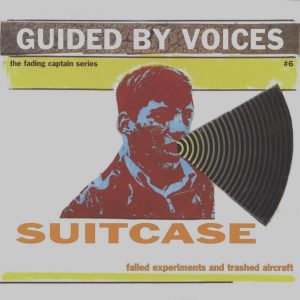 Guided By Voices
Guided By Voices
Suitcase: Failed Experiments and Trashed Aircraft
Singers with perfect pitch say it can be as much a curse as a blessing. It comes in handy in the studio, but in the real world — where tinkling silverware, taxicab horns and barking dogs seldom harmonize — their gift can drive them nuts.
Nobody is ever going to accuse Robert Pollard of having that affliction. But the singer, frontman, songwriter, benevolent dictator and sole constant member of indie-rock legends Guided By Voices suffers from a different musical malady that seems equally double-edged: He’s a compulsive songwriter. By his own reckoning, he’s penned somewhere between 2,000 and 3,000 songs — so far. Fast, slow, long, short, funny, serious, loud, quiet, you name it. They flow from Pollard’s mind and mouth as quickly, naturally and beautifully as blessings from a priest and lies from a politician.
Sure, it sounds like an enviable situation for a songwriter. You never run out of ideas, you always have new material to work on, you never have to stoop to singing something the drummer wrote. But here’s the rub: When you write hundreds of songs a year, you can’t possibly release them all. Not even a workaholic like Pollard, who manages to cram a couple dozen onto a new disc every few months. But even at that rate, scads of usable (and sometimes great) material ends up going into the slush pile — or in Pollard’s case, into a suitcase full of home-recorded cassettes that the former teacher keeps in the basement of his Dayton, Ohio home.
Earlier this year, Pollard decided to get rid of some of that musical baggage, so now we have Suitcase, a mammoth four-CD set featuring 100 — count ’em 100 — unreleased, unheard songs recorded by Pollard and various incarnations of Guided By Voices over the past couple of decades. For those who unearthed and cataloged all this material, it must have been a Pandora’s box. But for a rabid GBV fan, it’s like putting a quarter in that big scoop at the arcade and having it pick up all the prizes at once. Grungy garage-rock riffs by the pound, British Invasion melodies ’til hell wouldn’t have ’em and more non-sequitur lyrics than a Donovan tribute album, along with a heaping helping of home-recorded demos, alternate versions of familiar tracks, half-baked ideas, chunks of oddball tomfoolery and more than a few moments of inspired madness and pure pop genius, all captured on hissy mono tapes with more dropouts than an inner-city high school. In other words, it’s like the biggest, fattest GBV album you’ve ever heard.
Obviously, Suitcase has plenty you haven’t heard. Like the bouncy acoustic ditty Little Jimmy the Giant, a home-recorded number that supposedly dates back to ’74 when Pollard was still a high school student. Or the rockabilly-metal jam Big Trouble, where Bob transforms into Elvis Caligula, bellowing and strutting his stuff like a cross between The King and The Lizard King. Or the live cut Try to Find You, where a reunion between two women in the audience practically drowns out the band. Or The Who-circa-’65 power of Pluto the Skate and Let’s Go Vike, the Dylanesque vibe of Shifting Swift is a Lift, the Lennonesque blues of Sabotage, the endlessly hilarious titles like Bottoms Up! (You Fantastic Bastard), Ding Dong Daddy (Is Back From the Bank) and so on and so on … and so on.
Sure, it isn’t for everybody. Plenty of folks find Pollard’s short-attention-span style and no-fi production grating. Casual fans and GBV newbies who only know their recent major-label disc Do The Collapse are advised to start with an earlier album like 1994’s Bee Thousand and work their way up to Suitcase. Still, even if you don’t dig Pollard’s admittedly weird style, you just have to give the man props for writing and recording all these songs. Not to mention the fact that he lists who played what on every single one of these tracks.
Obviously, along with being a compulsive songwriter, he’s one helluva packrat. Here’s hoping he never gets over either condition.
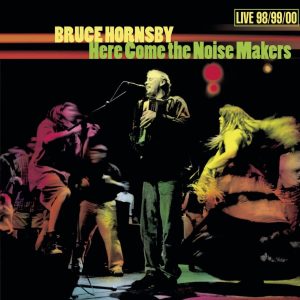 Bruce Hornsby
Bruce Hornsby
Here Come the Noise Makers
He did a stint playing keyboards for The Grateful Dead. He produced an album for Leon Russell. But no matter what he does, singer-pianist Bruce Hornsby can’t seem to shake the bland, vanilla-pudding reputation created by his solo hits like The Way It Is. Here Come the Noise Makers, his freewheeling and diverse live set, might be his best shot yet at convincing people there’s more to Bruce than a melodic right hand and an endless string of lite-FM melodies. Over the course of 18 spacious tracks spread across two CDs, Hornsby and his backup band display the wide, er, range of their abilities, casually and confidently tossing in bits of jazz (Gershwin’s I Loves You Porgy; Bill Evans’ Twelve Tone Tune; Bud Powell’s Tempus Fugit) and classical (Samuel Barber’s Nocturne) next to the Dead and Dylan covers (Lady With a Fan, It Takes a Lot to Laugh, It Takes a Train to Cry) and familiar originals. The result is a strangely compelling jam-band hybrid of The Band’s earthy grooves, Steely Dan’s brainy pop and Paul Simon’s Graceland rhythms. OK, it’s hardly a shot of espresso, but how about a vanilla latte?
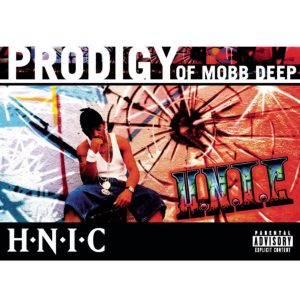 Prodigy of Mobb Deep
Prodigy of Mobb Deep
H.N.I.C.
No, it’s not a rap album devoted to Hockey Night in Canada. In the world of Prodigy (not to be confused with the Smack My Bitch Up electronica act of the same name), H.N.I.C. stands for ”Head N***** in Charge.” And while he’s obviously a man who likes to call the shots, Prodigy doesn’t really live up to his handle. This 22-track offering falls victim to the same problems as most rap and hip-hop albums this year: 1) It’s too long by half (66 minutes); 2) There are too many skits (five, counting the intro and outro); 3) There are too many guest stars (Prodigy only gets six tracks to himself); and 4) All the songs are predictable gangsta-rap boasts about guns, drugs, dope, mobsters, drama and thug life, set atop bruising beats and brooding vibes. Prodigy’s quiet, coldly intense delivery remains a potent force, but aside from that, this album’s title might as well stand for Hackneyed Nonsense In Clumps.
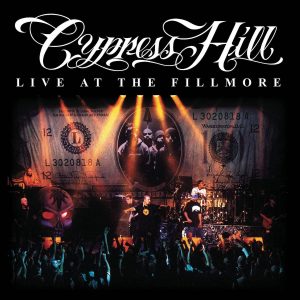 Cypress Hill
Cypress Hill
Live at the Fillmore
There’s a good reason why you don’t hear more live rap albums; it’s because the very phrase “live rap album” is often an oxymoron. Many performers lip-synch, and even those who don’t usually rap over tapes instead of using actual musicians. For years, hemp-happy L.A. hip-hoppers Cypress Hill were in that latter group. But since these doobie brothers decided to woo the lucrative rap-rock market, they’ve been recording and touring with a full band. The approach has its pros and cons, as heard on their new Live at the Fillmore CD. On the plus side, the propulsive, in-your-face energy of a band (especially an actual human drummer) adds plenty of kick — and a fresh spin — to barrio dope-fiend anthems like Insane in the Brain, I Wanna Get High, How I Could Just Kill a Man and I Ain’t Going Out Like That. On the downside, that spin can be too fresh. Many of these live jams pale next to their studio counterparts (a mix that’s murkier than Sen Dog’s bong water only adds to the buzz-kill factor). But even though it has its highs and lows, when it all comes together, Live at the Fillmore is a smokin’ joint.
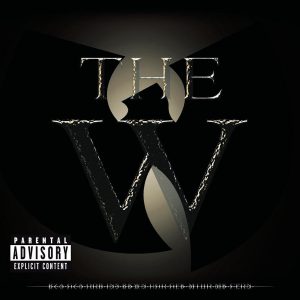 The Wu-Tang Clan
The Wu-Tang Clan
The W
There’s something missing from this third release by the notorious Staten Island rap crew Wu-Tang Clan — and no, I’m not talking about the semi-permanently AWOL Ol’ Dirty Bastard. What’s missing is unity, the thick-as-thieves brotherhood that characterized their butt-kicking ’93 debut Enter the Wu-Tang (36 Chambers). I blame the fact that GZA, RZA, Method Man, ODB and Ghostface Killah all became solo stars in the wake of that disc. As a result, like old buds who don’t have much in common anymore, they don’t have much to say on The W. Most of these raps are listless, lukewarm affairs that could have been phoned in from the back of the limo. True, Conditioner, a whacked-out duet between ODB and Snoop Dogg, arguably the two most doped-up men in rap, is entertaining, but mostly for the wrong reasons. Producer and musical director RZA doesn’t help matters. Aside from a couple of neck-snap jams like Gravel Pit and Protect Ya Neck (The Jump Off), he sticks to the same subwoofer bass throbs and sinister string lines he’s used 100 times. Admittedly, The W is a step up from the bloated 1997 double-disc Wu-Tang Forever, but only because it’s less of a bad thing. The Wu need to decide: Is it all for one or every man for himself?
 Elton John
Elton John
One Night Only – The Greatest Hits
So much for truth in advertising. Few besides Elton John would have the impudence to title a live album One Night Only when it was recorded — as the liner notes clearly state — over the course of two shows. Granted, One Night Only – and Then Another Night Just To Be On The Safe Side doesn’t quite have the same ring to it. But the bigger problem here is the fact that the cheeky title is virtually the only note of enjoyment to be had on this Vegas-slick set. Clearly running on autopilot, John coasts through the umpteenth repetition of standards like Bennie & the Jets, Goodbye Yellow Brick Road and Candle in the Wind, all of which he could (and probably has) played in his sleep. Along the way, the usual guest stars are trotted out (Kiki Dee does Don’t Go Breaking My Heart, Bryan Adams joins in on Sad Songs Say So Much, etc.) like so many animated props. Elton briefly snaps out of it for Saturday Night’s Alright (For Fighting), but quickly goes back to sleep, allowing divine diva Mary J. Blige to mop up the stage with him on I Guess That’s Why They Call it the Blues. John shoulda stuck to one night and quit while he was ahead.
https://youtu.be/2D6vsuragNM
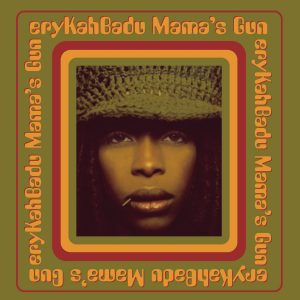 Erykah Badu
Erykah Badu
Mama’s Gun
Erykah Badu’s intoxicating voice is almost as distinctive as her trademark headwraps. With a nasal tone that echoes Billie Holiday and an unhurried, earthy delivery that can express both innocence and confident sensuality, Badu’s smoky sound is best summed up in one word: Soul. All of which makes you wish Mama’s Gun — her long-awaited studio followup to her 1997 debut Baduizm — displayed a little more soul power. Although the blaxploitation groove of opener Penitentiary Philosophy gets the affair off on the good foot, it soon stumbles into a quagmire of quicksand ballads whose languid, enervating grooves and meandering melodies slowly suck the life out this album. Badu gets off a good shot or two on the girl-fight catcall Booty, the memorable Kiss Me On My Neck and the jazzy hidden track that closes the disc (if you’re still awake by then). For a woman with such a high-powered vocal weapon, Badu spends too much time on Mama’s Gun firing blanks.
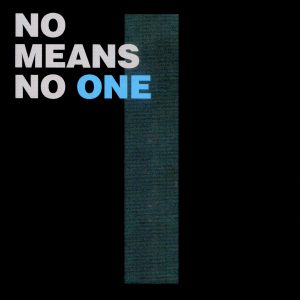 NoMeansNo
NoMeansNo
One
When is a punk band not a punk band? When they’re NoMeansNo, the veteran Vancouver trio led by brothers Rob and John Wright. They currently record for Jello Biafra’s label, but musically, these genre-busting mavericks are about as punk as Henry Rollins these days. That’s not an insult as much as a sonic comparison — One, their umpteenth album, is built from massive slabs of solid-rock groove, bleak downtown poetry and unnervingly open-ended jams that have more in common with the Rollins Band or recent Wayne Kramer than, say, the caffeinated mayhem of Black Flag. But make no mistake: When it comes to stubborn individualism and irreverence, NoMeansNo are the real deal. What other band do you know that would cover both The Ramones’ Beat on the Brat (wound down to a sludgy midtempo grind) and Miles Davis’s Bitches Brew (complete with self-penned lyrics)? That’s what punk is all about. Or at least what it’s supposed to be about.
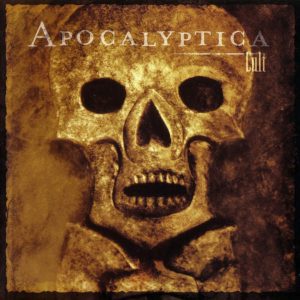 Apocalyptica
Apocalyptica
Cult
They started out as a bizarre gimmick — four Finnish cellists covering Metallica classics with all the hair-tossing attitude and brooding power of any heavy metal outfit. But since then, Apocalyptica have been out to prove they’re not just some novelty act. And with their third album Cult, they show they’re serious as a Mexican bus crash. Moving beyond the slam-rock cover tunes that dominated their first two albums, leader Eicca Toppinen unleashes an album of original compositions that could easily pass for deep cuts from Pantera or Faith No More — Toppinen’s rumbling horror-movie riffs, spine-tingling melodies and flight-of-the-bumblebee fingerpower reinforce Apocalyptica’s deserved rep as Hell’s string section. For old times’ sake they include three classics: Grieg’s Hall of the Mountain King and Metallica’s Until it Sleeps and Fight Fire With Fire. They needn’t have bothered; Toppinen may not be James Hetfield, but Cult proves he’s the real McCoy.
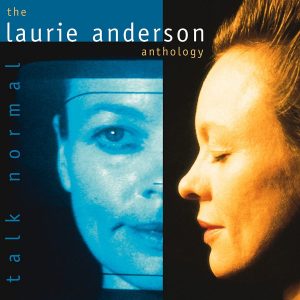 Laurie Anderson
Laurie Anderson
Talk Normal: The Anthology
Few performers straddle the line between art and entertainment as successfully as New York performance artist and musician Laurie Anderson. Trained on violin and keyboard and schooled as a visual artist, Anderson has created a unique hybrid — neo-classical and new wave, poetry and spoken word, electronic precision and girl-group pop, performance art and pointed social commentary — which appeals to academics and discerning listeners alike. This typically superb retrospective quite effectively distills her seven-album, 20-year recording career down to 35 essential cuts. Beginning with her early, absurdly unlikely 1981 hit O Superman — an eight-minute oddity of repetitive synth pulses and electronically altered vocals — Talk Normal traces Anderson’s circuitous career path, as she moved from the early avant-garde moodiness of From the Air and Big Science to the more musical, song-oriented sound of Talking Heads-style tracks like Smoke Rings and Language is a Virus, finally ending up back where she started with the spoken word fare on 1995’s The Ugly One with the Jewels and Other Stories, her most recent album. Anderson isn’t everybody’s cup of tea, but for those looking for a well-crafted and representative overview of one of the most individual artists in contemporary music, Talk Normal speaks volumes.
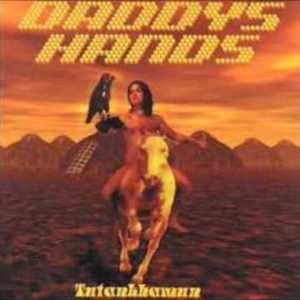 Daddy’s Hands
Daddy’s Hands
Tutankhamun
The boy king of Egypt may have his name on the cover, but he ain’t the god Daddy’s Hands are praying to here. Actually, this Canuck outfit spends most of its debut disc worshipping at the altars of three underground deities — The Cramps, Angelo Badalamenti and Tom Waits. From the first name on that list, they borrow some throbtone guitars, garage-band drums and shuddering voodoobilly vocals of Charter Cruise; from the second, they pinch some Twin Peaks moodiness and the little-girl vocals of Mousey Connexion; and from the third, they pinch armloads of clunking percussion and a junkyard jazzbo esthetic. All of which they deploy on a dozen numbers here, with varying degrees of success — the languid twang of Lady Bingo and Volcano Moon suggest Lux Interior covering Swordfishtrombones, while Mousey’s helium-voiced take on Summertime can’t compete with the band’s bump ’n’ grind jazz. Bottom line: These kids just might be on to something, but they need to spend less time with their record collections and more time with their own muses.


